How Do Orthotics Help with High Arch Foot Pain?
Our treatments aim to reduce and manage pain, increase mobility and maintain functional capacity. General orthotic goals include pressure redistribution and offloading. Patients will be referred to Orthotics Plus for an appointment and subsequent:
- Comprehensive assessment investigating arch height and foot rigidity measurements, alongside subjective assessments.
- Same-day foot orthoses trial. Assessing if orthoses control and lower pain levels, while increasing foot function.
- Prescription of custom foot orthotics if deemed clinically necessary. Available to both kids and adults.
- Footwear modifications such as lateral flare wedges
- Ankle joint assessment, investigating control, range and stability.
Please view our Melbourne clinic locations to get started and take the first step to a healthier foot.
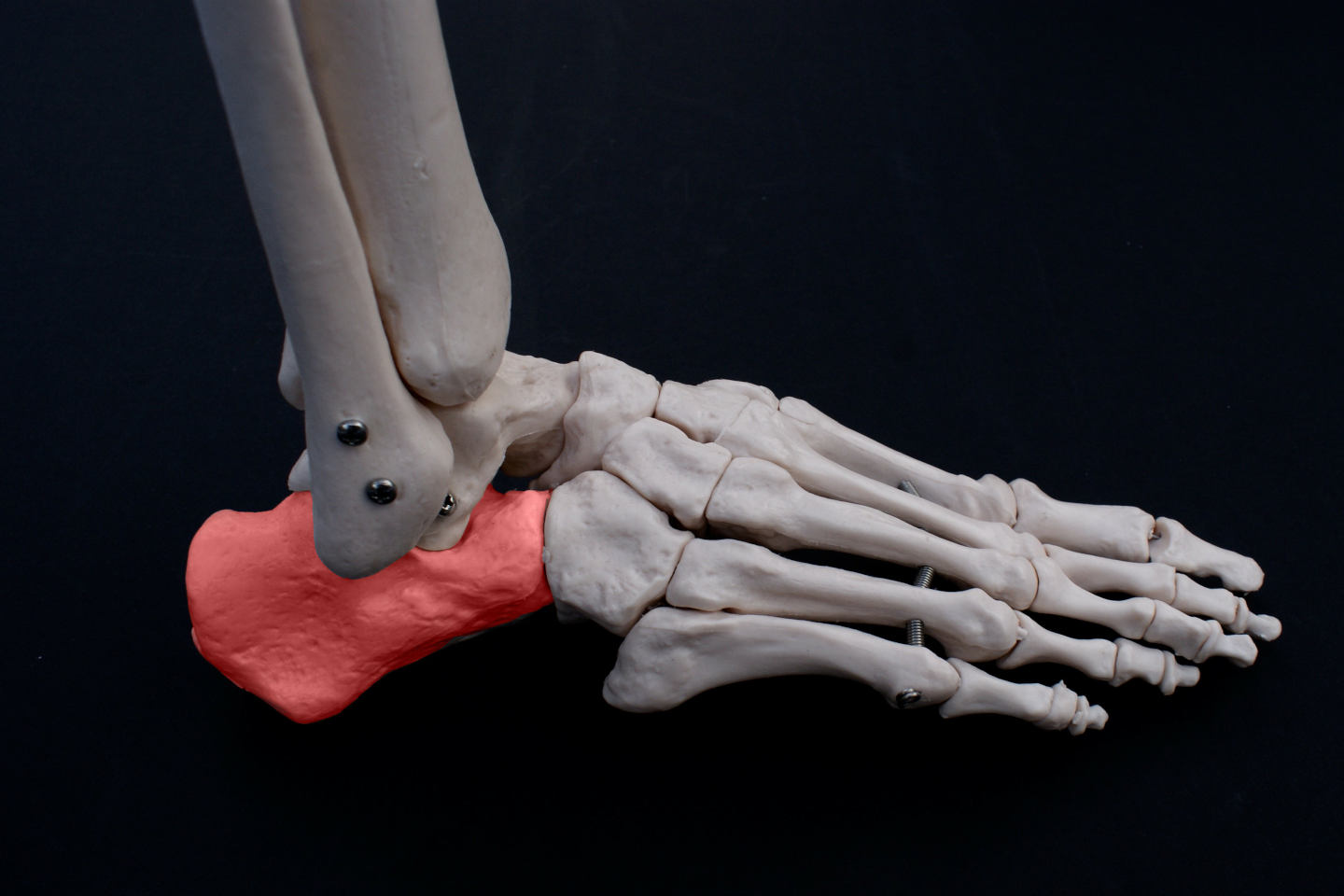
What is Pes Cavus?
Anatomy
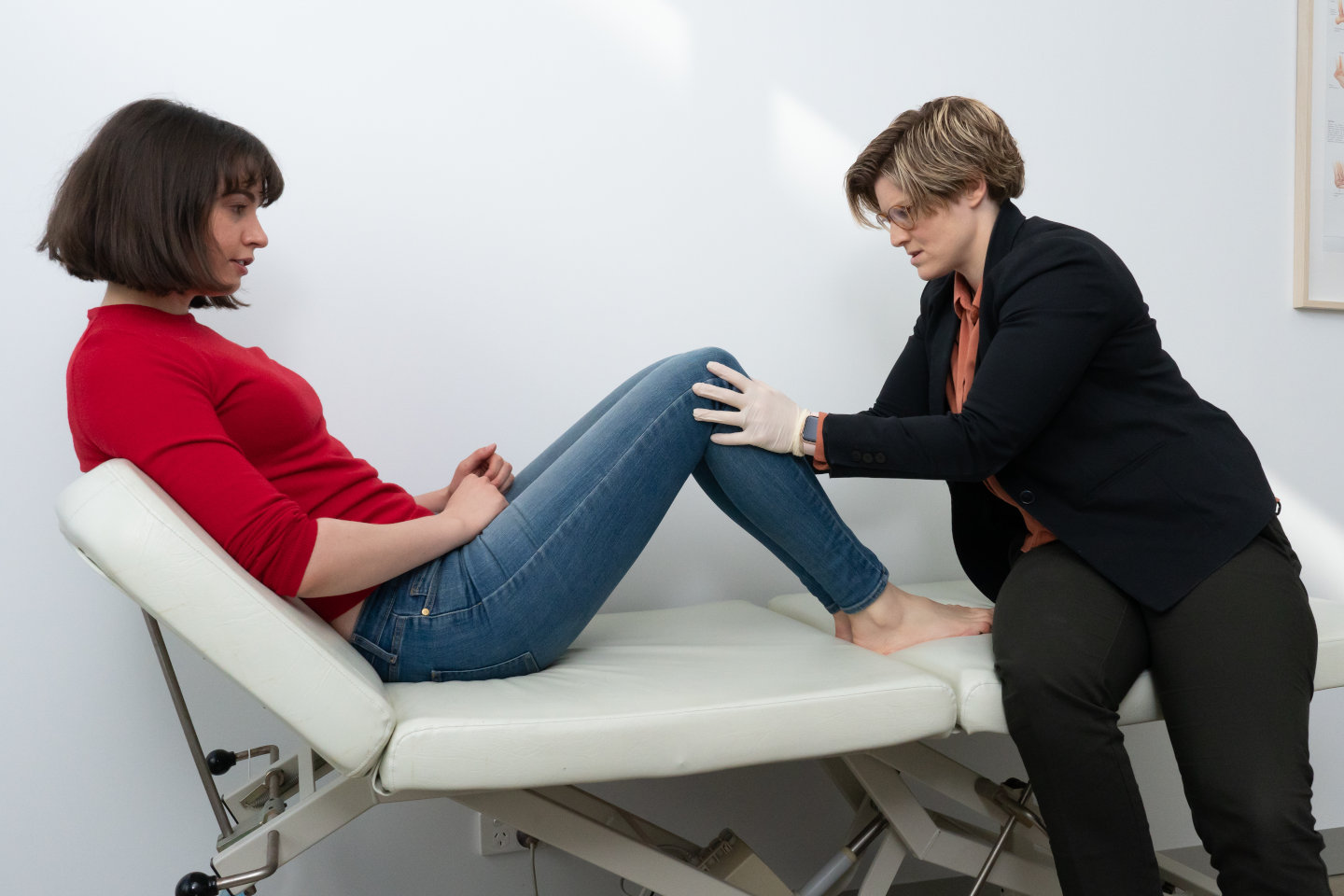
The longitudinal arches within the foot are anatomical structures starting at the heel and ending at the forefoot. Anatomically, they act like springs to absorb shock during gait while allowing the foot to be mobile to adapt to uneven terrain.
Arch height is measured by assessing the distance between the navicular (a bone in the middle of the arch) and the ground.
Symptoms
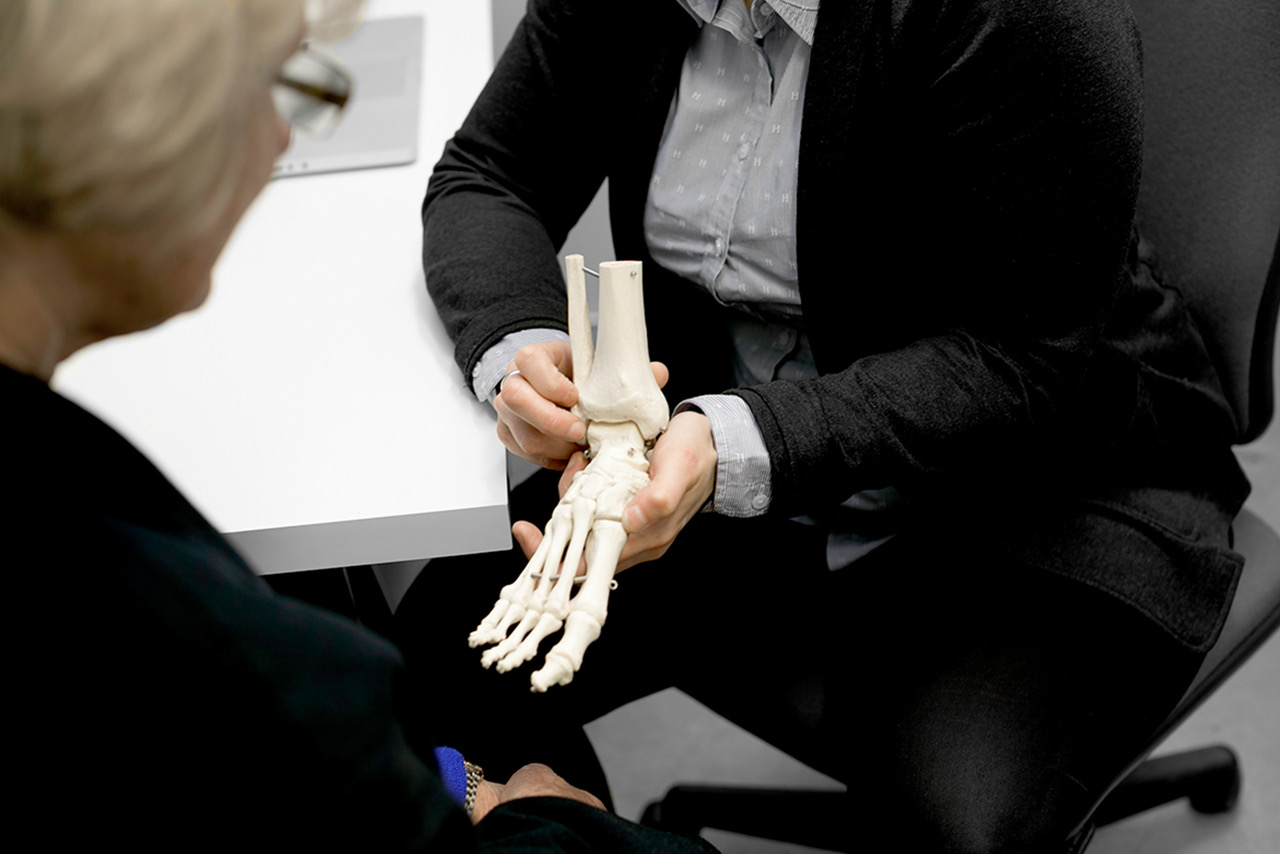
Pes cavus is a foot posture, not a condition. However, the structure of pes cavus may predispose particular symptoms, pain and injuries. Namely, soft tissue injuries stress fractures, limited range of motion, anterior and medial ankle impingement.
People with high arched feet generally have a more rigid foot with a reduced weight-bearing surface, establishing regions of high-pressure loading.
Healthcare Available
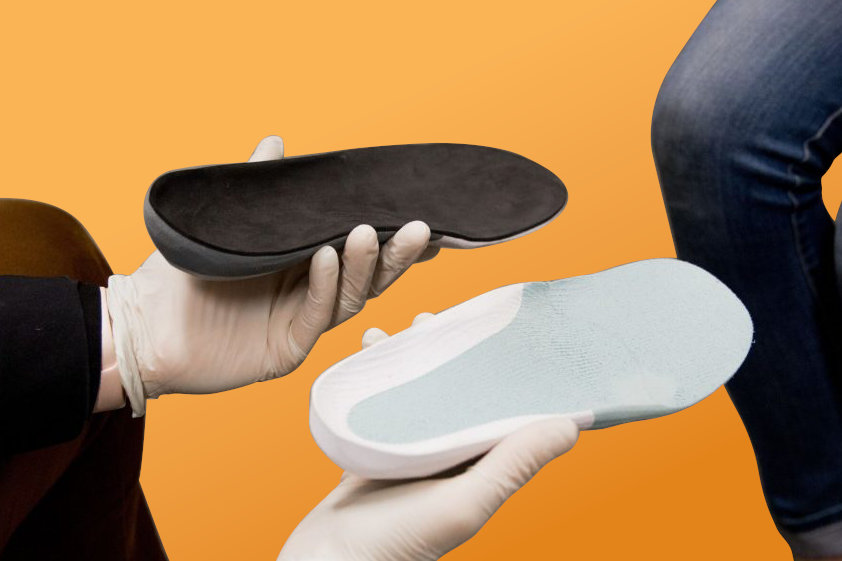
Pressure distribution and offloading areas experiencing excess pressure are the general orthotic goals.
The ideal outcome is that Orthotics help to manage or lower pain.
Patient Experience at Orthotics Plus
Each individual experience with cavus feet is important. Patients will provide feedback as to the location of their pain and any movements that exacerbate their pain.
The overarching purpose of foot orthotics is to redistribute pressure from overloaded areas to spread the load evenly over the foot.
An Orthotist is knowledgeable of the structures in the foot and how to appropriately support them.
For example, a patient with heel pain may benefit from custom foot orthotics that are softer under the heel and forefoot to manage their pain, yet stiffer underneath their arch to offer structural support.
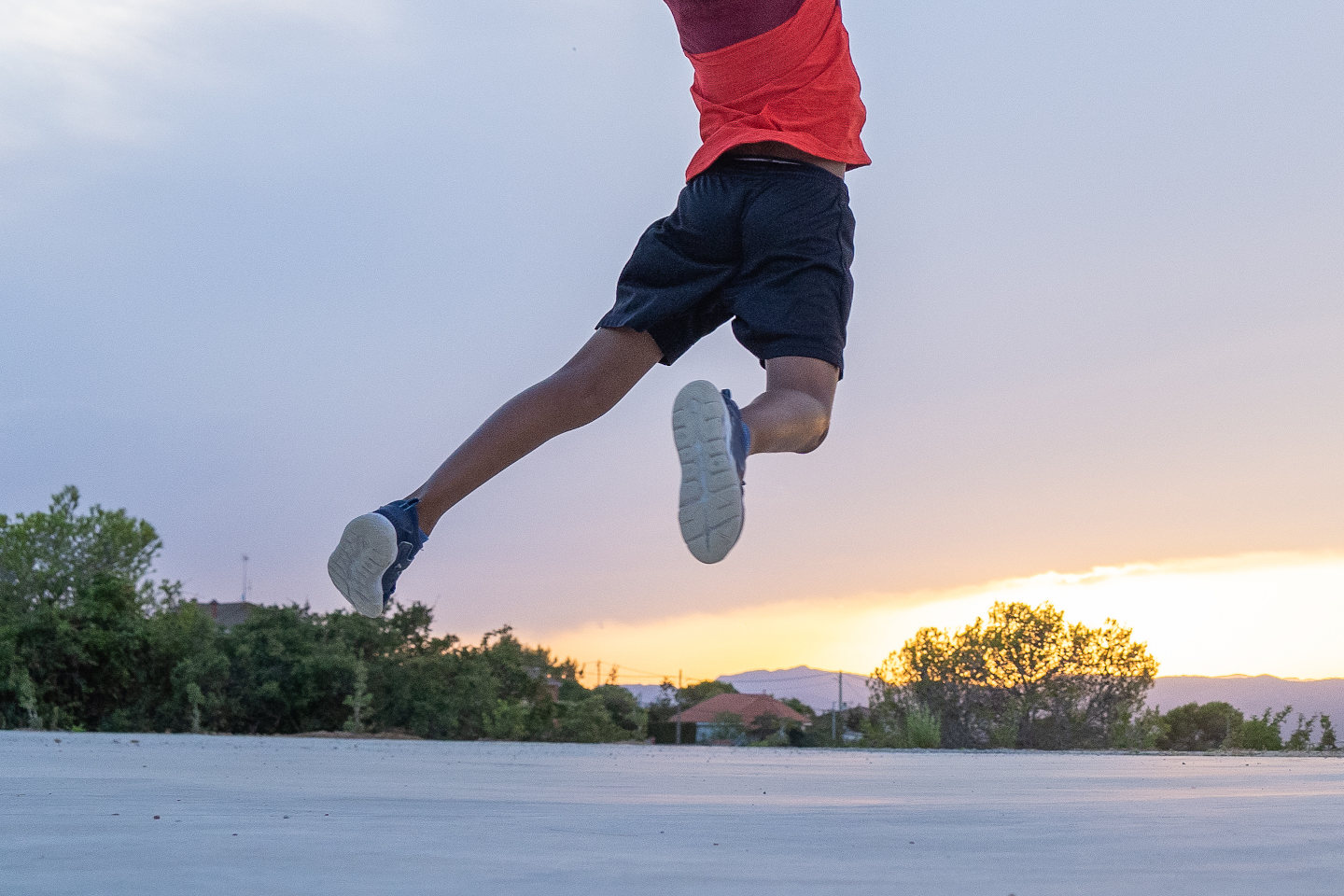
Problems Associated with High Arches
- Areas of high pressure
- Less mobility through the foot, leading to stress related injuries
- Soft tissue stress reaction
- Forefoot overload/pain
- Lateral border of foot overload/pain
- Metatarsal head pain
- Peroneal injury
- Base of 5th metatarsal fractures/stress fractures
- Referred ankle and knee pain
- More common inversion injuries at the ankle
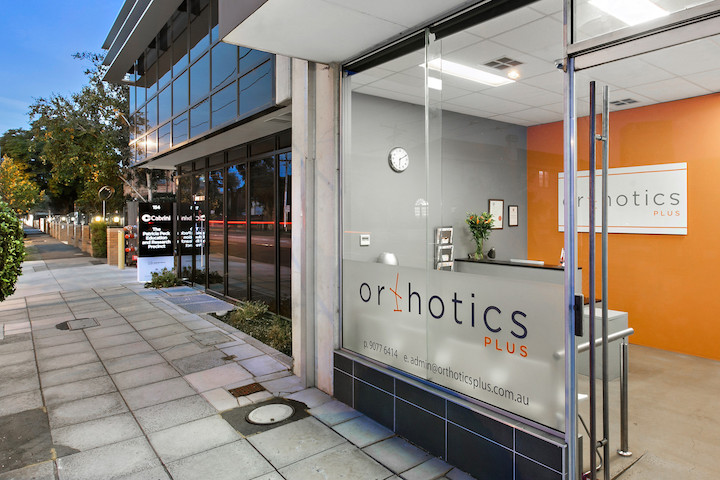
Request an Evaluation
Anyone that is experiencing foot pain is welcome to contact Orthotics Plus. A referral from a GP is not required.
Please contact if you need:
- Custom foot orthotics for arch support & pain management
- Modifications to everyday shoes, running shoes, school shoes, protective boots etc
- Individualised assessment & treatment
- Assistive Technology recommendations for NDIS participants
- Management of any lower-limb condition
Orthotics Plus is an Australian-owned company employing experienced clinicians , please view our clinic locations to get in touch.
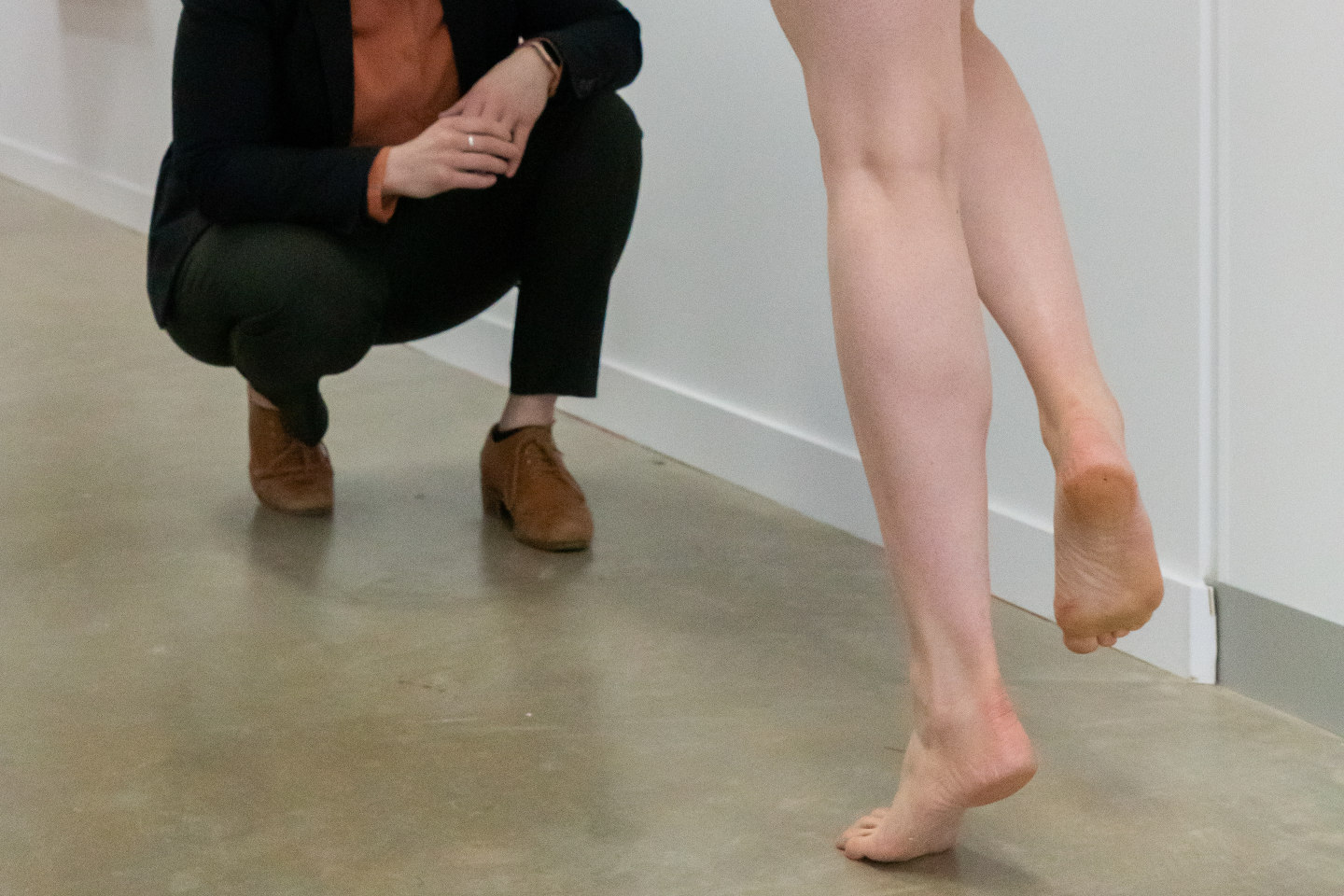
FAQ
Most commonly Pes cavus is a result of genetics and can be presentin anyone and can be asymptomatic.
There are other causes for high arched feet such as cerebral palsy or Charcot Marie Tooth Disease, and conditions resulting in muscle spasticity, however these are less common in a non-disability population.
Each patient is assessed individually, diagnosis may involve an x-ray, if viewing the foot/ankle from the rear, high arched feet will present with lateral tilt and an inversion posture
It is not possible to change the bony structure of the foot without major surgical intervention, however it is possible to manage pain levels and keep symptoms of a high arched foot under control.
We can also suggest exercises and stretches to increase foot mobility.